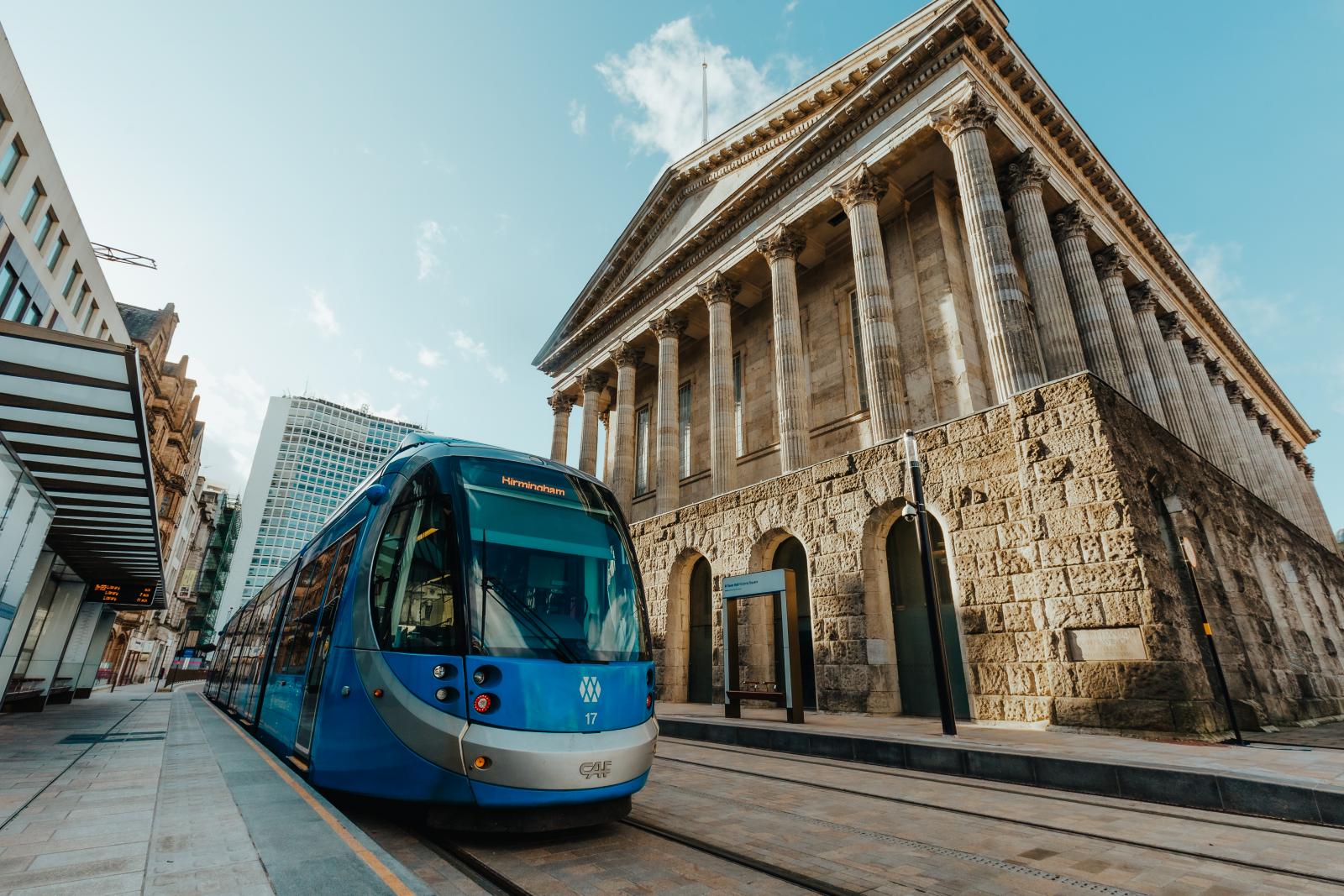Protect and expand Britain’s light rail systems to aid city regions’ recovery from COVID pandemic, urges report

Britain’s light rail systems are instrumental in supporting economic growth, promoting social inclusion and achieving environmental gains (including a reduction in carbon emissions) in the urban areas that they serve.
Protecting light rail services and maintaining the urban connectivity they provide – with further Government support if necessary – is key to ensuring towns and cities can recover from the impacts of the COVID-19 pandemic.
There are also opportunities to extend existing networks and to introduce new systems in towns and cities that currently do not benefit from light rail but, to realise such schemes, a stable policy and funding environment is required.
These are the key findings of a new report - Leading light: What light rail can do for city regions – produced by consultants Steer Group, for the Urban Transport Group.
The report stresses the key role light rail networks have played in keeping cities moving throughout the pandemic: allowing key workers and others unable to work from home to commute to their jobs; providing connections to healthcare facilities and vaccination hubs; and - as the economy has reopened - enabling people to go shopping and return to offices.
But it also highlights the uncertainty around how long patronage on light rail (and other urban transport modes more generally) will take to recover as we emerge from the pandemic, especially as Government’s financial support for light rail is due to come to an end in April 2022.
The report states: “Light rail has a continuing role shaping the future of our towns and cities. It will help support post-pandemic economic recovery and shape the recovery from COVID so that urban economies follow a more inclusive and more sustainable path.”
Stephen Edwards, Executive Director at South Yorkshire Passenger Transport Executive, who leads on light rail for the Urban Transport Group, said:
“Light rail systems play a bigger role in the life of British urban areas now than they have for well over fifty years. This report sets out in detail, and with numerous case studies, why and how light rail has been such a success story for the places it serves. It also supports our wider case to the Comprehensive Spending Review for both continued funding support for our light rail networks, whilst patronage is constrained due to COVID, and, in the longer term, for a more stable and consistent approach to extending the benefits of light rail to more places and passengers.”
The Leading light report looks systematically at how light rail – which pre-pandemic carried 282 million passengers a year (2018/19) – contributes to the economic, social and environmental objectives of both national and city region governments.
For example:
- Economic benefits - Light rail can support growth in employment and economic activity in town and city centres in a way that minimises the negative impacts that growth in car traffic would bring but that facilitates redevelopment, regeneration and improved public realm. One study found that the Tyne and Wear Metro contributed around £290m to the Gross Value Added (GVA) of the North East economy.
- Social benefits – Light rail can contribute to the Government’s levelling up agenda and help ‘left behind’ town and city centres by providing better access to jobs, education and training for those living in deprived areas. For example, in an Ipsos MORI study into the impact of a new Manchester Metrolink line on Wythenshawe, 84% of people said the tram contributed most to giving them access to a wider range of places with job opportunities. Additionally, 67% of Tyne and Wear Metro journeys pre-COVID were made by people who did not have access to a car.
- Environmental benefits – Light rail can support the transition to net zero carbon and contribute to cleaner air in cities. This is because light rail is one of the least polluting transport modes (and zero emissions at the point of use). Manchester Metrolink and Nottingham’s NET, for example, are powered exclusively by renewable energy. South Yorkshire Passenger Transport Executive estimate that Sheffield Supertram helps to save over 2,000 tonnes of CO2 per year.

